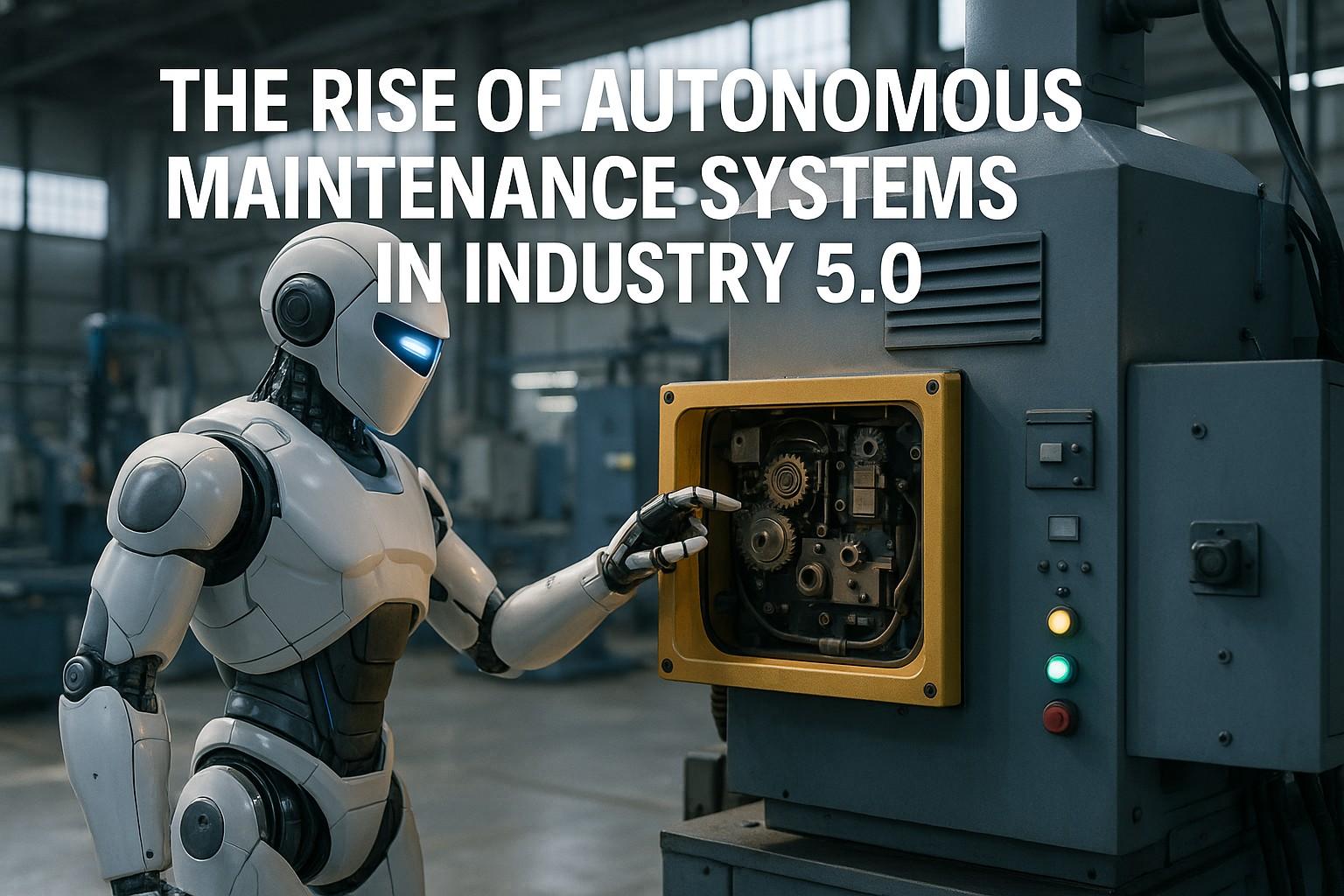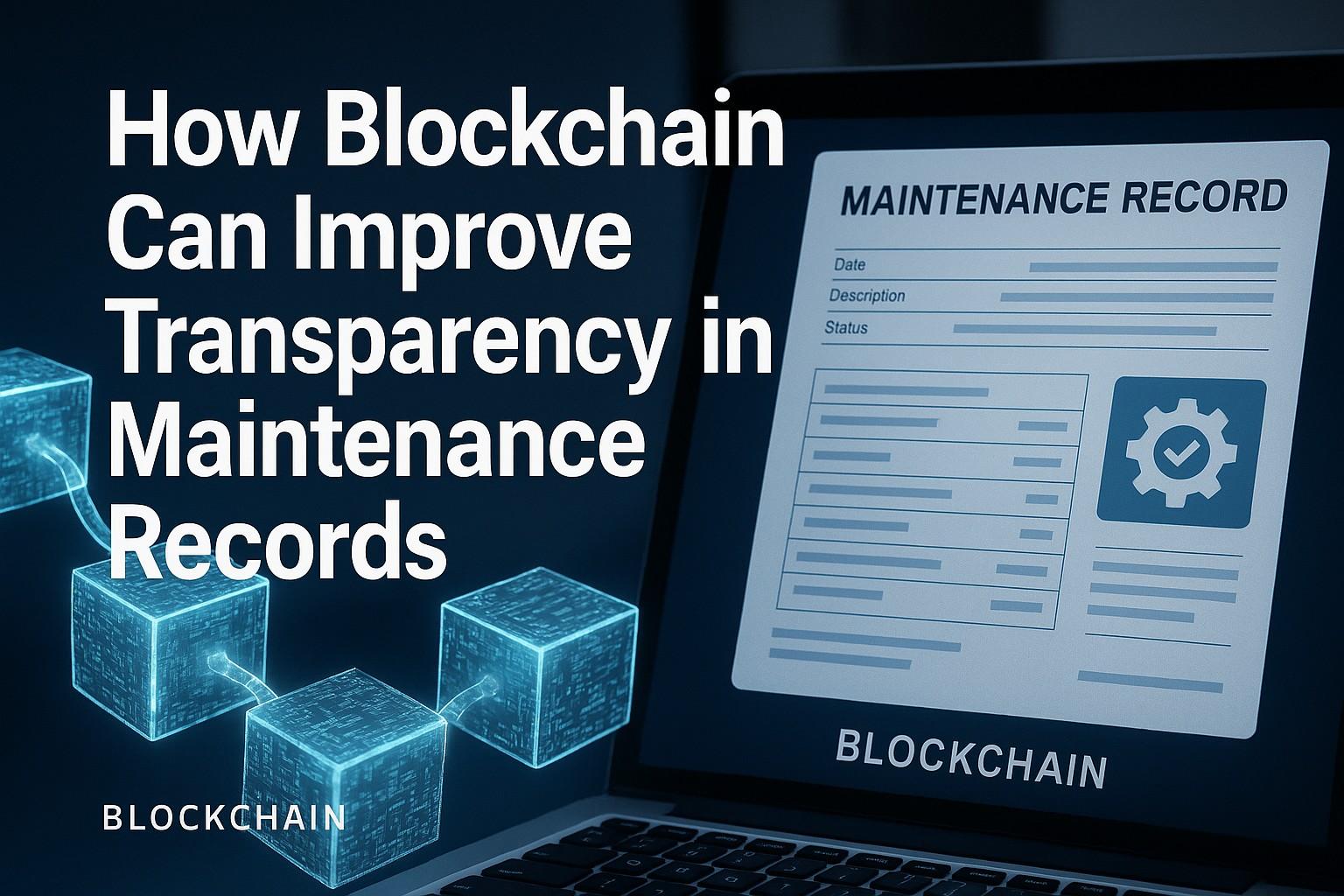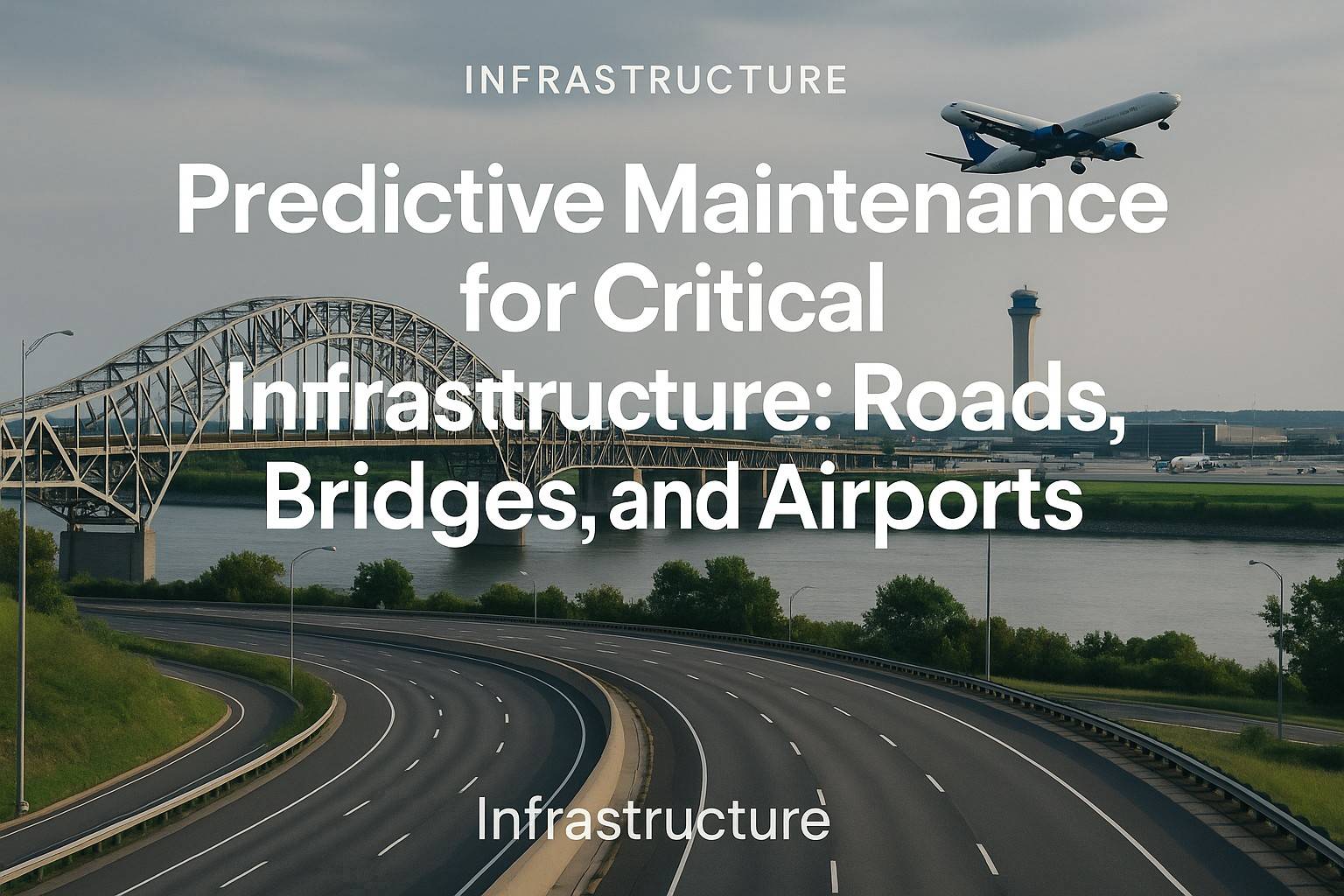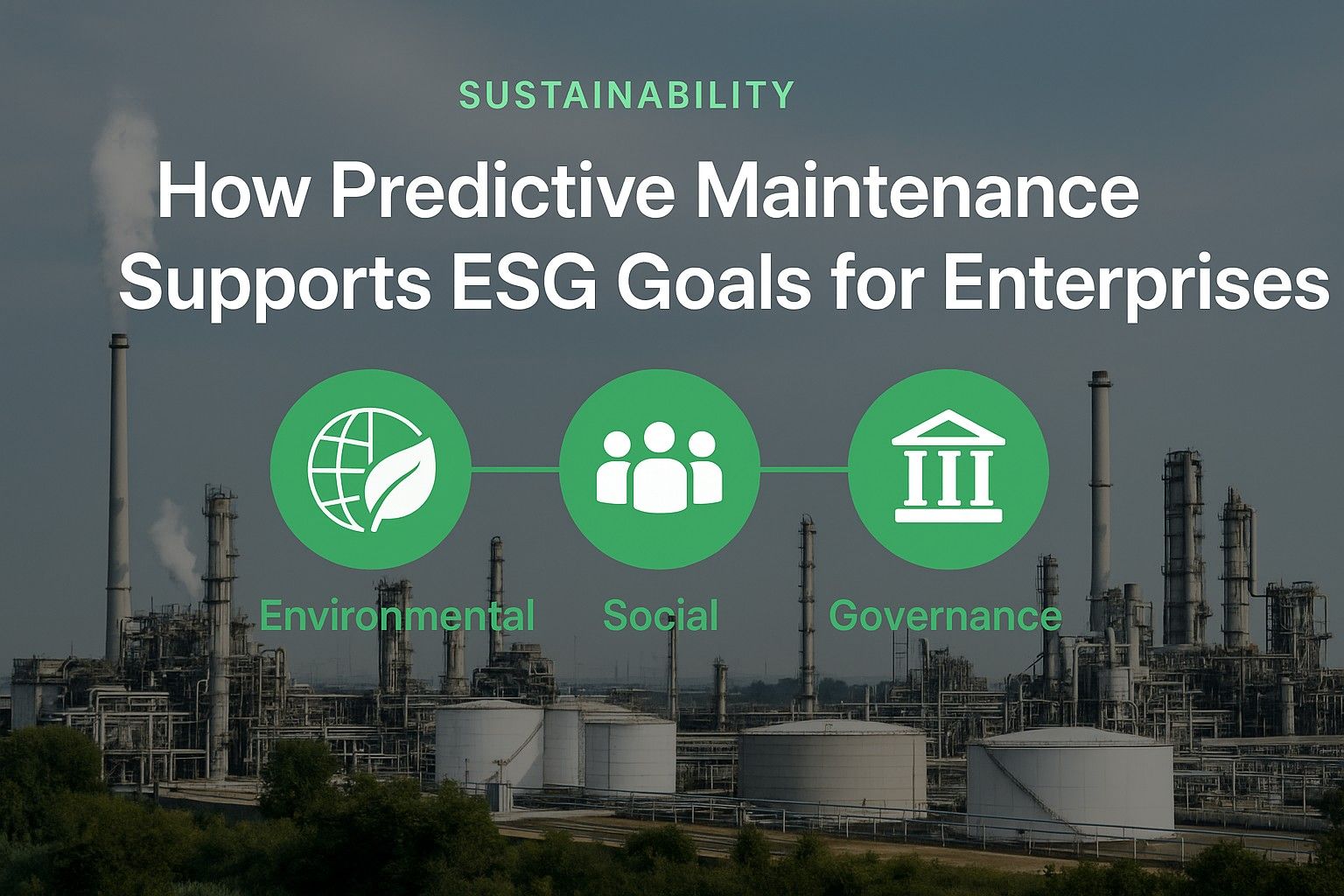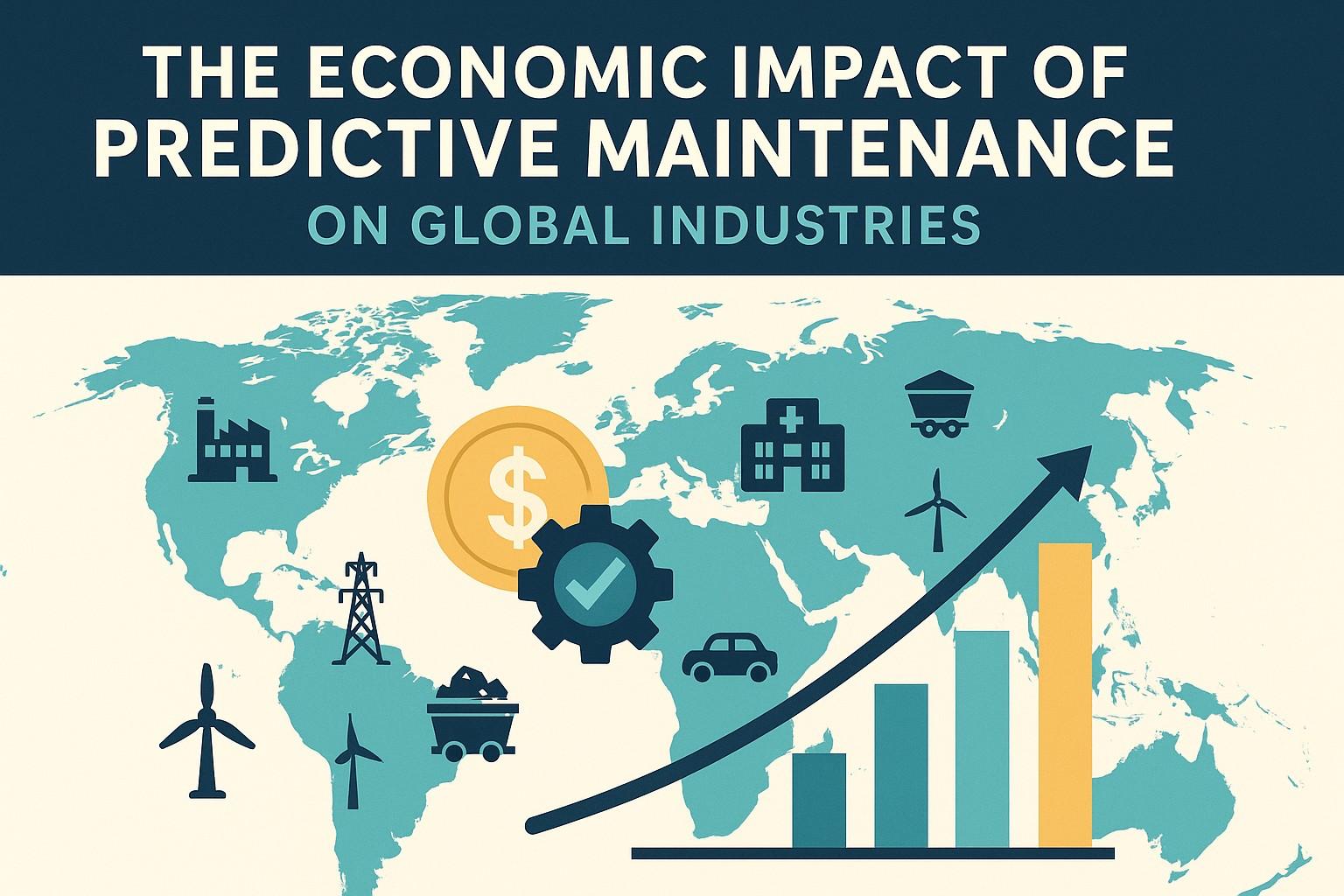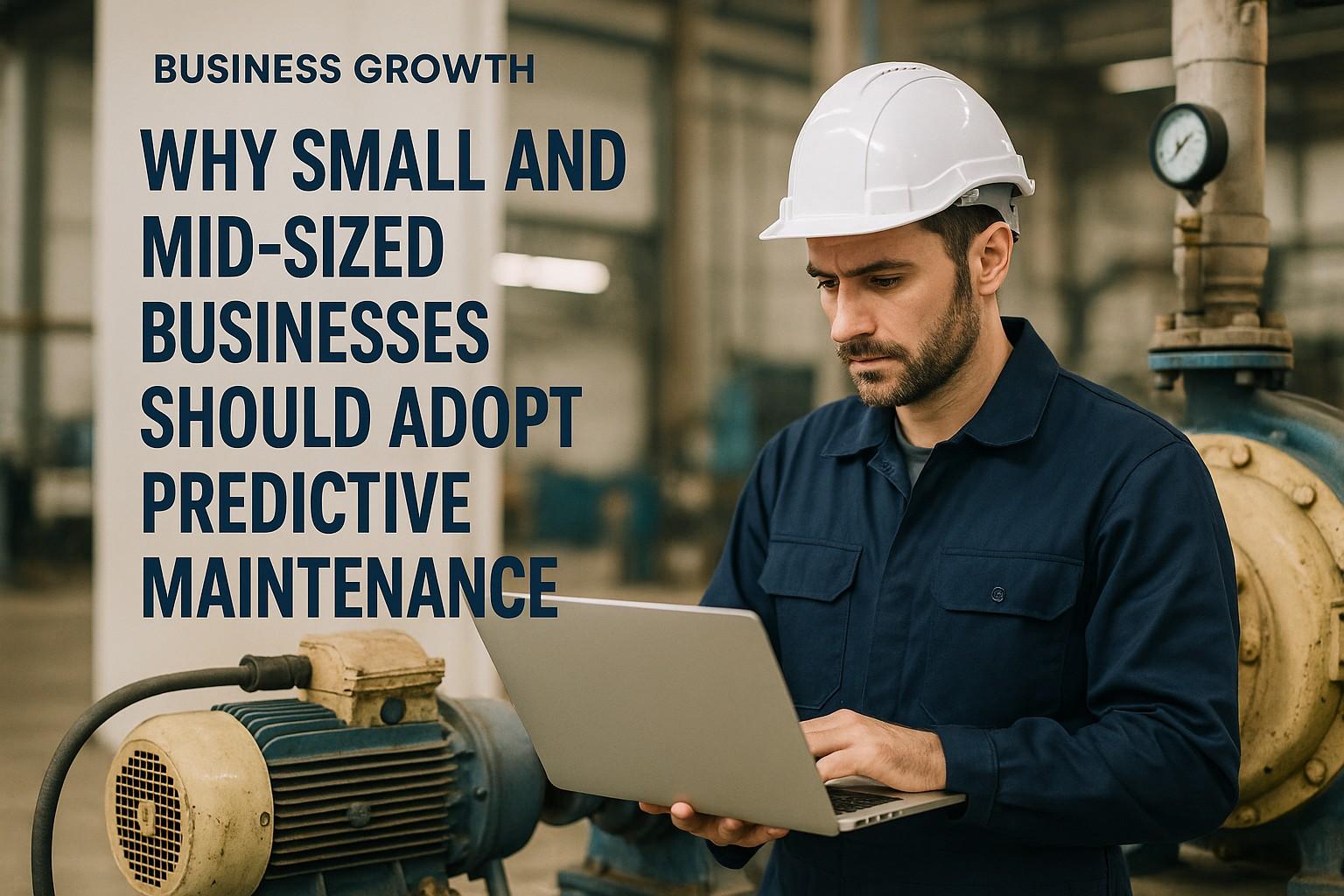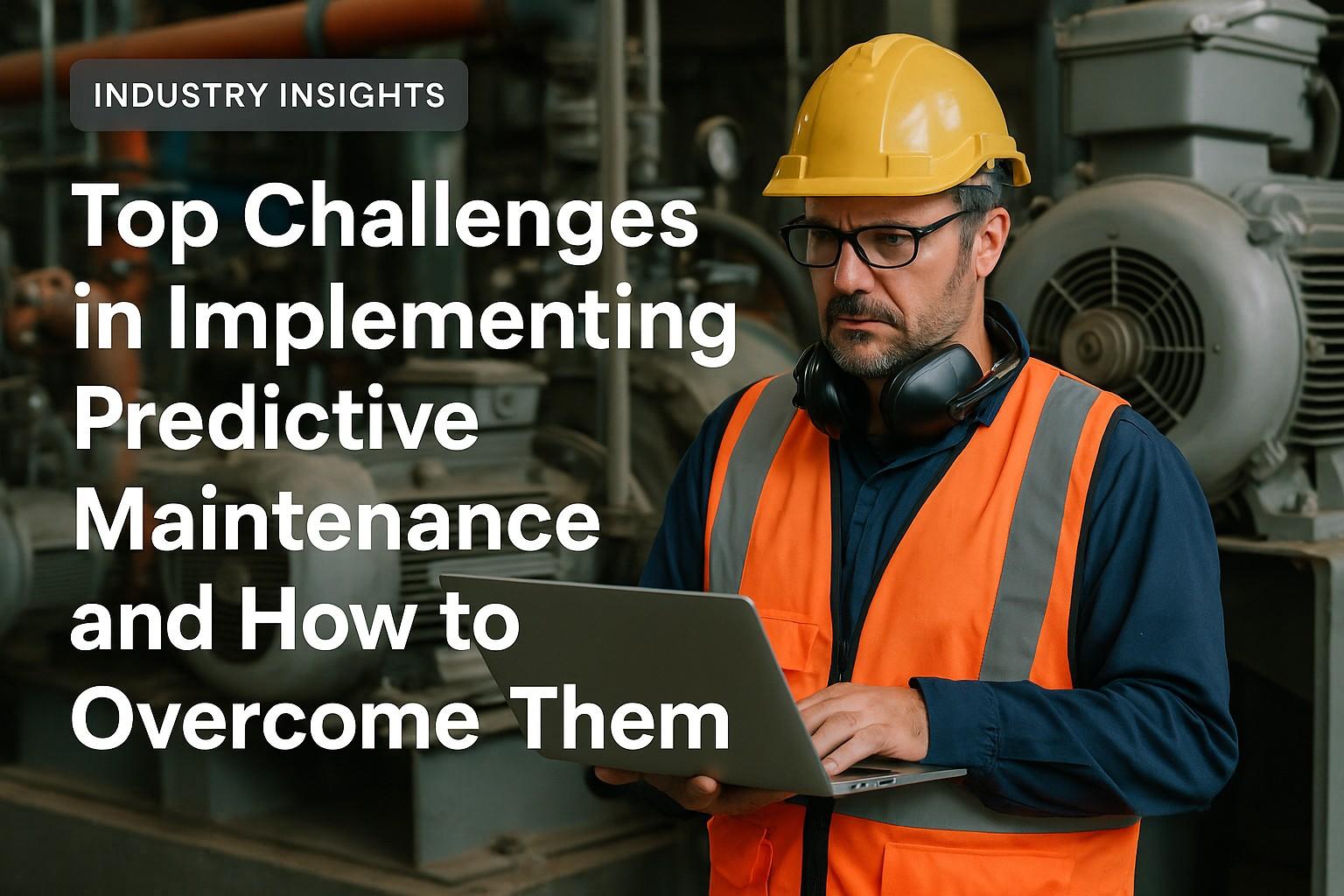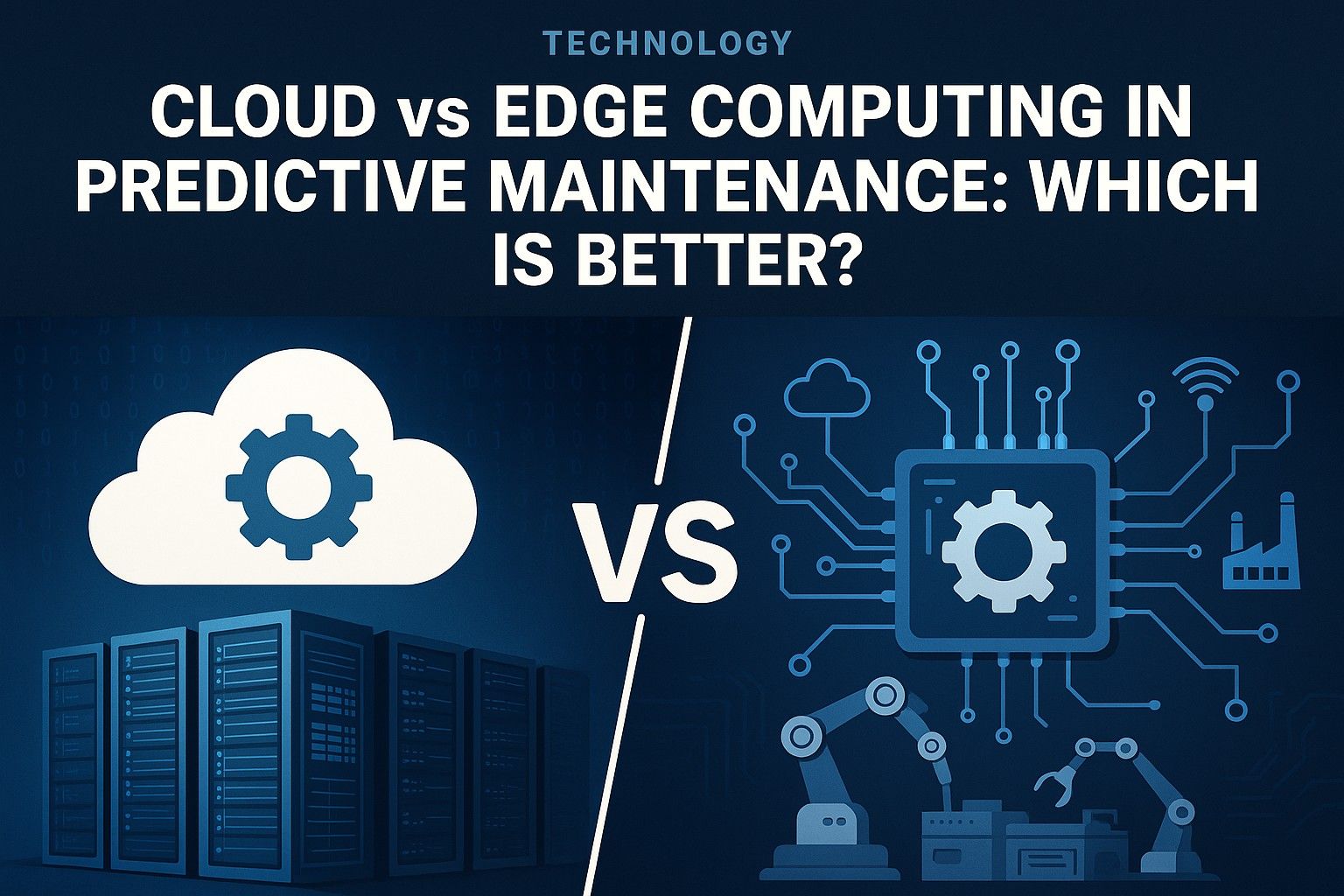Your maintenance director walks into the executive briefing with a concerning update: "Our predictive maintenance system just flagged 12 potential failures, but we lack the manpower to address them all within the required timeframe—we're looking at $2.4 million in potential downtime costs." You examine the maintenance backlog—47 critical assets awaiting intervention—but realize that even with your advanced monitoring systems, human-dependent maintenance execution creates an insurmountable bottleneck. Without autonomous maintenance systems that can self-diagnose, self-repair, and self-optimize, you're merely predicting problems rather than autonomously preventing them.
This operational reality confronts manufacturing facilities worldwide as they transition from Industry 4.0's connected systems to Industry 5.0's autonomous capabilities. The average industrial facility now generates 2.3 terabytes of asset condition data monthly, yet 78% of identified maintenance needs still require manual intervention, creating dangerous execution gaps that autonomous maintenance systems eliminate.
Facilities implementing autonomous maintenance strategies achieve 60-75% reductions in human maintenance intervention while improving asset reliability by 45-60% compared to traditional predictive maintenance approaches. The transformation lies in deploying self-learning robotic systems, AI-powered diagnostic platforms, and autonomous repair mechanisms that detect problems, determine solutions, and execute corrections without human involvement.
Ready to eliminate the execution gap between problem detection and resolution with autonomous systems that maintain themselves 24/7?
Imagine assets that diagnose their own issues, order their own parts, and schedule their own repairs—all while you sleep. Industry 5.0 autonomous maintenance isn't science fiction; it's happening now in facilities achieving 60% lower maintenance costs. Stop watching problems pile up and start experiencing maintenance that executes itself.
Understanding Autonomous Maintenance in Industry 5.0
Autonomous maintenance systems represent the evolutionary leap from passive monitoring to active intervention, leveraging artificial intelligence, advanced robotics, and cyber-physical systems to create self-maintaining industrial ecosystems. These sophisticated platforms extend far beyond traditional condition monitoring to include autonomous diagnostics, predictive parts ordering, self-executing repair protocols, and continuous performance optimization that operates independently of human intervention.
Industry 4.0 connected systems to provide visibility and predictive insights, but Industry 5.0 autonomous maintenance closes the execution loop by enabling assets to maintain themselves. This paradigm shift reduces human maintenance intervention by 60-75% while achieving 40-50% faster problem resolution compared to manual execution of predictive maintenance recommendations.
AI-Powered Autonomous Diagnostics
Self-learning algorithms that analyze asset conditions, identify root causes, and determine optimal intervention strategies autonomously. Achieves 95-98% diagnostic accuracy while reducing analysis time from hours to seconds.
Robotic Maintenance Execution
Collaborative robots and autonomous drones performing routine maintenance tasks, lubrication, inspection, and minor repairs without human supervision. Enables 24/7 maintenance operations reducing downtime by 50-65%.
Self-Optimizing Control Systems
Intelligent controllers that automatically adjust operational parameters to minimize wear, optimize efficiency, and extend asset lifecycles. Improves equipment lifespan by 30-45% through autonomous optimization.
Digital Twin Integration
Virtual asset replicas that simulate maintenance interventions, predict outcomes, and autonomously implement optimal maintenance strategies. Reduces maintenance trial-and-error by 80-90%.
Autonomous Parts Management
AI systems that predict parts requirements, automatically order replacements, and coordinate just-in-time delivery. Reduces spare parts inventory by 40-55% while eliminating stockouts.
Self-Healing Systems
Advanced materials and modular designs enabling assets to automatically repair minor damage or reconfigure around failed components. Prevents 70-85% of minor failures from escalating.
Integration of cyber-physical systems with artificial intelligence creates autonomous maintenance ecosystems where assets communicate their needs, analyze their conditions, and execute corrective actions without human intervention. Organizations achieving seamless autonomous maintenance integration typically realize 3-4x higher operational efficiency than those relying on manual maintenance execution.
Organizational transformation requirements for autonomous maintenance extend beyond technology deployment to include skill development, trust-building in autonomous systems, and redefining human roles from execution to oversight. Success rates increase from 35-45% to 80-90% when implementations include comprehensive change management addressing workforce concerns about autonomous systems.
2025 Autonomous Maintenance Technology Benchmarks
Establishing autonomous maintenance capabilities requires understanding implementation investments, operational benefits, and technology maturity across different autonomous system categories. Investment requirements, autonomy levels, and value creation potential vary significantly based on asset complexity, operational environment, and desired autonomy sophistication.
Autonomous maintenance technologies span from Level 1 assisted maintenance (human-executed with AI guidance) to Level 5 full autonomy (zero human intervention). Understanding these autonomy levels enables better investment prioritization and realistic capability planning aligned with organizational readiness.
| Autonomous System Type | Investment Range | Autonomy Level | Key Capabilities | ROI Timeline |
|---|---|---|---|---|
| AI Diagnostic Platforms | $180,000 - $650,000 | Level 3-4 | Autonomous root cause analysis, solution recommendations | 10-16 months |
| Autonomous Inspection Drones | $120,000 - $400,000 | Level 4 | Self-navigating inspection, automated reporting, anomaly detection | 14-22 months |
| Collaborative Maintenance Robots | $200,000 - $800,000 | Level 3 | Autonomous lubrication, torque verification, minor repairs | 18-28 months |
| Self-Optimizing Controllers | $95,000 - $380,000 | Level 4-5 | Continuous parameter optimization, autonomous adjustments | 8-14 months |
| Digital Twin Systems | $250,000 - $950,000 | Level 3-4 | Virtual testing, autonomous strategy optimization | 20-32 months |
| Autonomous Parts Systems | $140,000 - $520,000 | Level 4 | Predictive ordering, automated inventory, supplier integration | 12-18 months |
| Self-Healing Materials | $300,000 - $1.2M | Level 5 | Automatic damage repair, molecular-level restoration | 24-36 months |
High-complexity autonomous deployments involving multiple asset types or full facility automation may require 50-70% higher investments than baseline estimates. Conversely, pilot autonomous implementations on critical equipment can validate technology value with 60-75% lower initial investment before facility-wide autonomous transformation.
Regional technology ecosystem maturity significantly impacts autonomous system costs, with technology hubs offering 25-35% cost advantages through specialized expertise availability and competitive vendor markets compared to facilities in emerging industrial regions.
Technology stack architecture dramatically affects autonomy capabilities and scalability. Cloud-based autonomous platforms typically provide 40-50% better learning efficiency while enabling fleet-wide intelligence sharing compared to standalone autonomous systems operating in isolation.
Building Your Autonomous Maintenance Roadmap
Creating an effective autonomous maintenance strategy requires systematic progression through increasing autonomy levels, balancing technological capabilities with organizational readiness. Attempting full Level 5 autonomy without establishing foundational capabilities rarely produces sustainable value, while phased autonomy advancement builds confidence and competence.
Autonomy maturity assessment provides the foundation for roadmap development, identifying current capabilities, readiness gaps, and optimal progression paths. Successful autonomous transformation follows a proven maturity progression rather than attempting revolutionary autonomy leaps.
Autonomous Maintenance Implementation Roadmap
Phased autonomy progression by asset criticality and maintenance complexity enables better risk management and organizational learning. Rather than attempting facility-wide autonomous transformation, develop staged rollouts focusing first on high-value, well-understood assets where autonomous systems can demonstrate clear value.
AI & Diagnostic Systems
35-45% of autonomous budget for intelligent analysis, decision-making platforms, and digital twin infrastructure enabling autonomous operations
Robotic Systems
25-35% for autonomous inspection drones, collaborative maintenance robots, and automated execution platforms
Integration Infrastructure
15-20% for 5G networks, edge computing, and cyber-physical system integration enabling real-time autonomous coordination
Self-Healing Technology
10-15% for advanced materials, modular designs, and autonomous repair capabilities
Change Management
8-12% for workforce reskilling, trust-building programs, and autonomous system oversight training
Innovation & Pilots
5-10% for emerging autonomous technologies and proof-of-concept deployments
Technology convergence in Industry 5.0 enables autonomous capabilities unimaginable in Industry 4.0, with AI reasoning advancing 40-50% annually while robotic capabilities expand exponentially. Flexible autonomous architectures that can integrate emerging capabilities provide 50-60% better long-term value than rigid autonomous implementations.
Vendor ecosystem partnerships significantly impact autonomous system evolution and capability expansion. Open autonomous platforms enabling multi-vendor integration typically provide 45-55% better capability growth than proprietary autonomous systems limiting technology choices.
Advanced Autonomous Capabilities and Competitive Advantages
Strategic autonomous maintenance optimization extends beyond basic automated execution to include self-learning systems, autonomous innovation, and cognitive maintenance strategies that continuously evolve capabilities. The most successful Industry 5.0 facilities view autonomous maintenance as an evolving intelligence requiring ongoing learning and capability expansion rather than static automation implementations.
Machine learning acceleration in autonomous systems enables continuous performance improvements invisible to traditional automation. Facilities leveraging self-learning autonomous platforms achieve 20-30% annual capability improvements through accumulated experience and shared fleet intelligence.
Advanced Autonomous Maintenance Capabilities
- Deploy federated learning enabling autonomous systems to share insights across facilities while maintaining data privacy
- Implement autonomous maintenance orchestration coordinating multiple robots and AI systems for complex repairs
- Enable autonomous spare parts 3D printing manufacturing replacement components on-demand
- Create autonomous maintenance marketplaces where systems bid for maintenance resources dynamically
- Build autonomous quality systems that adjust maintenance strategies based on product quality impacts
- Develop cognitive autonomous systems that innovate new maintenance approaches through experimentation
- Integrate autonomous energy optimization reducing maintenance-related energy consumption by 35-50%
- Enable autonomous sustainability reporting and environmental impact optimization
Competitive differentiation through autonomous maintenance requires moving beyond standard autonomous implementations to proprietary autonomous innovations competitors cannot easily replicate. Leaders achieve 3-5x better margins through unique autonomous capabilities that fundamentally transform operational economics.
Ecosystem orchestration connecting autonomous systems across supply chains creates network effects multiplying autonomous value. End-to-end autonomous coordination typically improves overall equipment effectiveness (OEE) by 40-55% while reducing total system costs 25-35% compared to isolated autonomous implementations.
Human-autonomous collaboration strategies yield superior results compared to full automation approaches. Facilities designing complementary human-autonomous partnerships report 60% higher workforce satisfaction and 45% better autonomous system performance than those pursuing complete human elimination.
2025 Autonomous Maintenance Trends Defining Industry 5.0
- Quantum-enhanced AI enabling autonomous systems to solve previously impossible optimization problems
- Molecular-level self-healing materials autonomously repairing damage at atomic scales
- Swarm robotics coordinating hundreds of micro-robots for complex maintenance tasks
- Brain-computer interfaces enabling intuitive human oversight of autonomous maintenance ecosystems
- Autonomous innovation systems that design and test new maintenance approaches independently
- Zero-trust autonomous security preventing unauthorized autonomous system actions
- Autonomous regulatory compliance systems ensuring continuous adherence to safety standards
Innovation culture and autonomous experimentation separate Industry 5.0 leaders from Industry 4.0 followers. Facilities dedicating resources to autonomous technology evaluation and pilot projects identify breakthrough autonomous opportunities 18-24 months before mainstream adoption.
Performance measurement evolution must accompany autonomous capabilities advancement. Traditional maintenance KPIs fail to capture autonomous value creation, requiring new metrics focused on autonomous learning rates, system autonomy levels, and cognitive capability development alongside traditional efficiency measures.
Conclusion
Autonomous maintenance systems represent Industry 5.0's most transformative advancement, eliminating the execution gap between problem detection and resolution through self-maintaining industrial ecosystems. The most successful facilities achieve 60-75% reductions in human maintenance intervention while improving asset reliability by 45-60% through comprehensive autonomous strategies that balance technological sophistication with practical implementation.
Understanding the autonomous maintenance landscape reveals that integrated autonomous ecosystems deliver 3-4x greater value than standalone automated systems. Comprehensive Industry 5.0 strategies must address AI diagnostics, robotic execution, self-optimization, and digital twin integration while building organizational trust in autonomous decision-making.
Investment benchmarks provide guidance but must align with autonomy maturity and organizational readiness. Leading autonomous technologies like AI diagnostic platforms and collaborative maintenance robots typically deliver 10-18 month ROI while creating competitive advantages through self-executing maintenance capabilities.
Building effective autonomous roadmaps requires systematic progression through increasing autonomy levels combining maturity assessment, phased capability building, and continuous learning. Success depends equally on technology selection, organizational trust development, and sustained commitment to autonomous capability evolution.
Advanced autonomous capabilities focus on self-learning systems, cognitive maintenance innovation, and human-autonomous collaboration. The most successful Industry 5.0 facilities view autonomous maintenance as an evolving intelligence continuously expanding capabilities rather than static automation deployments.
The 2025 competitive environment rewards early autonomous adopters while severely penalizing facilities maintaining manual maintenance approaches. Industry 5.0 success requires embracing autonomous maintenance systems that self-diagnose, self-repair, and self-optimize while human experts transition from execution to strategic oversight roles.
Ready to join the Industry 5.0 revolution with autonomous maintenance systems that maintain themselves while you focus on strategic growth?
The execution gap between predictive insights and maintenance action costs manufacturers $847 billion annually in delayed interventions. Autonomous maintenance eliminates this gap entirely—problems are detected, diagnosed, and resolved autonomously, often before you even know they existed. Your competitors are already deploying these self-maintaining systems. The question isn't whether to adopt autonomous maintenance, but whether you'll lead or follow in the Industry 5.0 transformation.
